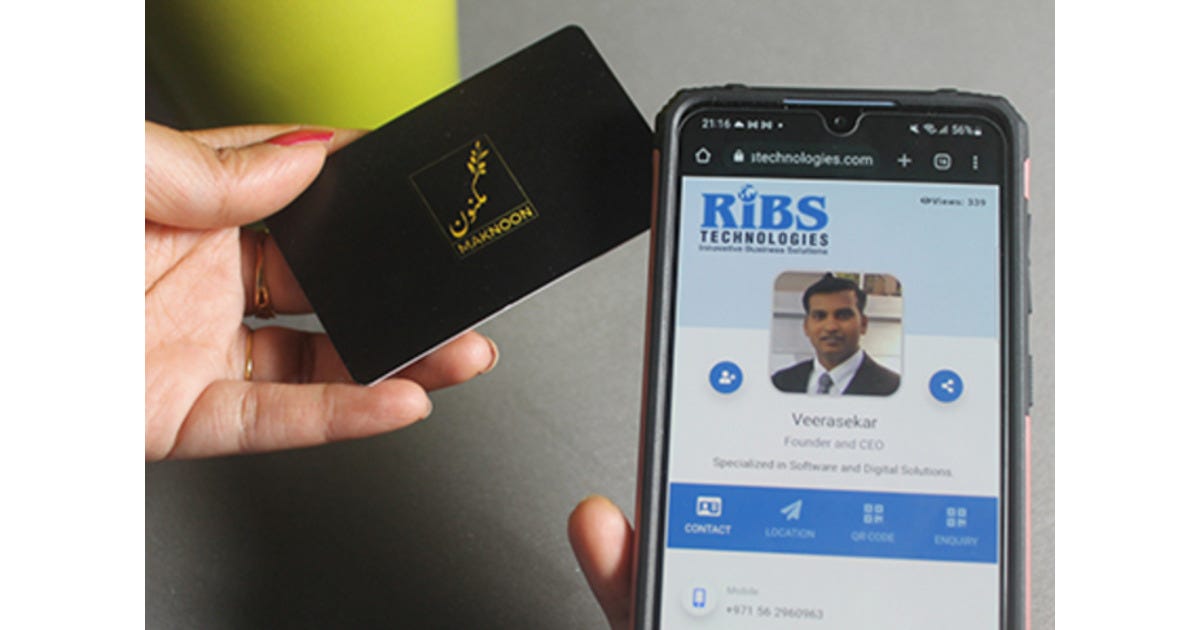The Modern Revolution: Why Digital Business Cards Are a Game-Changer
-
Digital Business Cards
-
September 6, 2024
Introduction:
In an era where digital interactions dominate, traditional paper business cards are increasingly seen as outdated. Enter digital business cards—a cutting-edge solution that’s transforming how we connect and network. This blog will explore the advantages of digital business cards, guide you through creating one, and highlight the latest trends shaping their future.
1. What Are Digital Business Cards?
Digital business cards are electronic versions of traditional business cards. They can be shared instantly through various digital channels, such as email, SMS, or QR codes. Unlike their paper counterparts, digital cards offer interactive features and can be updated in real-time, providing a dynamic way to share and manage contact information.
2. The Advantages of Digital Business Cards
- Eco-Friendly: Digital business cards eliminate the need for paper, which helps reduce waste and supports environmental sustainability.
- Cost-Effective: Save on printing and reprinting costs. Once created, digital cards can be updated as needed without incurring additional expenses.
- Enhanced Functionality: Include interactive elements like clickable links to your website, social media profiles, and portfolios. Add multimedia content such as videos and presentations to create a more engaging experience.
- Instant Updates: Easily update your contact information, job title, or other details without having to print new cards. Changes are reflected immediately for all recipients.
- Convenient Sharing: Share your card quickly and easily via email, SMS, or QR codes, and access it from any device.
3. How to Create a Digital Business Card
- Select a Platform: Choose a platform that fits your needs. Popular options include HiHello, CamCard, and L-Card, each offering unique features and customization options.
- Design Your Card: Customize your card’s design to align with your personal or company brand. Use your logo, brand colors, and preferred fonts to ensure consistency.
- Include Key Information: Ensure your card includes essential details such as your name, job title, company, contact information, and links to your online profiles. Adding a professional photo or a brief bio can also enhance your card’s effectiveness.
- Test and Share: Review your card on different devices to ensure it displays correctly and all interactive features work as intended. Share your card through your preferred channels to start making connections.
4. Best Practices for Using Digital Business Cards
- Keep It Updated: Regularly update your digital card to ensure all information is current and accurate.
- Personalize Sharing: Adapt your card based on the recipient’s industry or role to make a more impactful impression. Customize the content or links to better align with their interests.
- Follow Up: After sharing your digital card, send a follow-up message or email to reinforce the connection and continue the conversation.
5. Latest Trends in Digital Business Cards
- CRM Integration: Integration with customer relationship management (CRM) systems is becoming more common, allowing for efficient data management and tracking.
- Augmented Reality (AR): AR features are starting to appear in digital business cards, offering interactive and immersive experiences for recipients.
- Blockchain Technology: Blockchain is being explored to enhance the security and authenticity of digital business cards, helping to prevent fraud and ensure data integrity.
6. Conclusion
Digital business cards represent a significant leap forward in networking. They offer numerous advantages over traditional paper cards, from environmental benefits to enhanced functionality and cost savings. Embracing digital business cards allows you to streamline your networking efforts and stay ahead in a rapidly evolving professional landscape.
